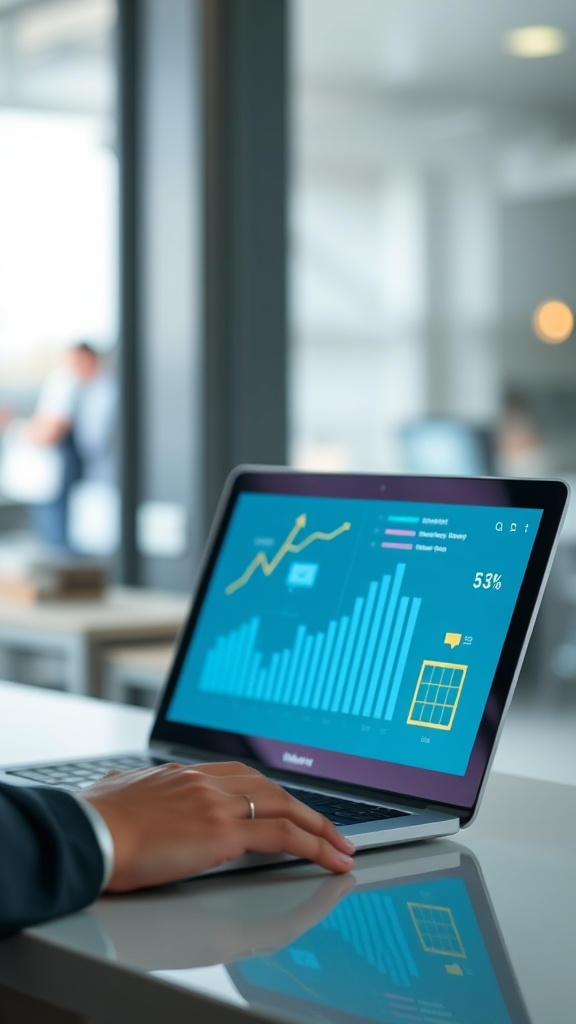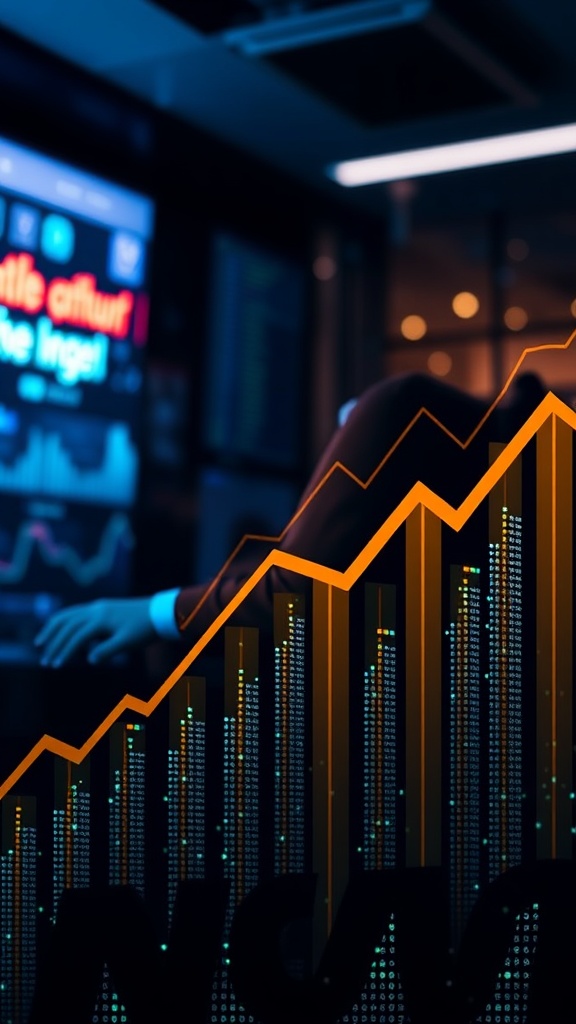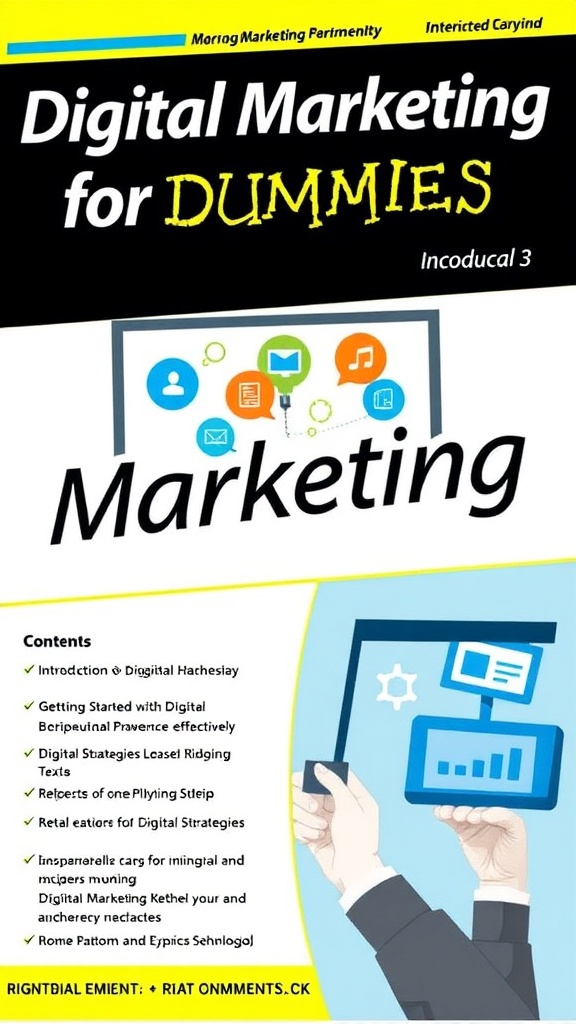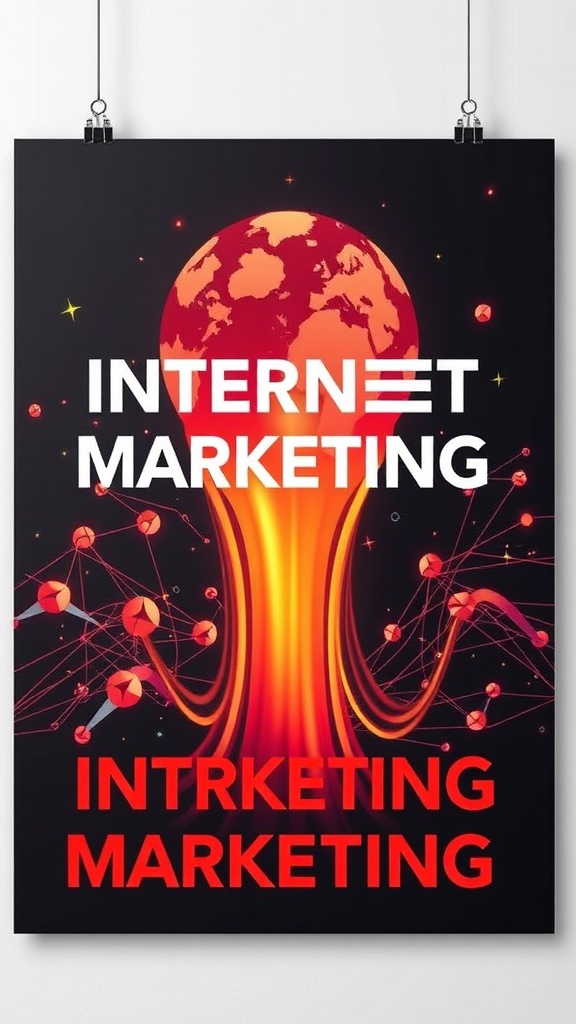Mastering the e cycle of internet marketing in e commerce: a strategic guide to boosting conversions and sustaining growth
Mastering the e cycle of internet marketing in e commerce: a strategic guide to boosting conversions and sustaining growth
In my experience with e commerce, I’ve been researching various strategies to optimize online sales and foster long-term growth. One thing I’ve found particularly vital is understanding the e cycle of internet marketing in e commerce. This cycle provides a comprehensive framework that guides me through every phase of engaging potential customers and nurturing relationships. I want to share what I’ve learned about mastering this cycle to boost conversions and ensure sustained business success. The e cycle of internet marketing in e commerce is not just a concept but a practical roadmap I follow to adapt to market changes and customer behaviors. In this article, I’ll walk you through my personal insights and proven tactics based on this powerful cycle.
My goal is to help you understand how to leverage the e cycle of internet marketing in e commerce effectively, so you can turn visitors into loyal customers. Whether you’re just starting or looking to refine your existing strategies, mastering this cycle can be transformative. I believe that integrating these steps into your marketing plan will not only increase your conversions but also create a sustainable growth cycle that keeps your business thriving in the competitive e commerce landscape.
Understanding the e cycle of internet marketing in e commerce
What is the e cycle of internet marketing in e commerce?
From what I’ve learned, the e cycle of internet marketing in e commerce is a dynamic process that encompasses every stage of customer engagement online. It starts with attracting visitors, then nurturing those leads, converting them into buyers, and finally retaining them for repeat purchases. In my experience, understanding this cycle helps me identify where I need to focus my efforts to optimize each phase. It’s like a continuous loop that, when managed properly, fuels ongoing growth and higher conversions.
I recommend viewing the e cycle of internet marketing in e commerce as an integrated system rather than isolated tactics. Each stage influences the next, so mastering this cycle ensures that no part of your marketing funnel is neglected, leading to more consistent results over time.
Why is mastering the e cycle of internet marketing in e commerce essential?
In my experience, mastering this cycle is crucial because it provides a structured approach to digital marketing. Without understanding the flow of potential customers through each stage, I’ve found it easy to waste resources or miss opportunities. The e cycle of internet marketing in e commerce ensures I focus on building relationships, nurturing trust, and encouraging repeat business—all vital for long-term success.
Furthermore, I believe that a well-managed cycle helps me adapt quickly to market changes. When I understand where prospects drop off or lose interest, I can implement targeted strategies to re-engage them, ultimately boosting my conversion rates and customer lifetime value.
Breaking Down the Stages of the e cycle of internet marketing in e commerce
Stage 1: Awareness and Attraction
In my journey, the first stage of the e cycle of internet marketing in e commerce is all about attracting the right audience. I’ve discovered that targeted content, SEO, and social media are essential tools here. When I optimize my website and create valuable content, I start drawing visitors organically.
From my research, I’ve found that understanding customer intent and keywords plays a significant role in this phase. I recommend investing in keyword research and creating content that speaks directly to your ideal customer’s pain points and interests. This sets the foundation for a successful cycle by bringing in visitors who are genuinely interested in what I offer.
Stage 2: Engagement and Nurturing
Once I have visitors on my site, the next step in the e cycle of internet marketing in e commerce is engaging them and nurturing the relationship. I’ve found that personalized email campaigns, retargeting ads, and valuable content keep prospects interested. It’s about building trust and authority so they see me as a reliable source.
From what I’ve learned, segmenting my audience based on behavior or preferences allows me to tailor my messaging. I recommend using marketing automation tools to deliver relevant content at each stage of the buyer’s journey, which ultimately moves prospects closer to making a purchase.
Stage 3: Conversion and Purchase
In my experience, the conversion stage is where all the nurturing pays off. Clear calls-to-action, optimized product pages, and seamless checkout processes are critical here. I’ve discovered that simplifying the buying process reduces cart abandonment and increases sales.
I believe that offering multiple payment options and transparent pricing also boost conversions. During this phase, I focus on creating a sense of urgency or offering incentives to motivate immediate action. The e cycle of internet marketing in e commerce emphasizes the importance of making the purchase process as smooth and straightforward as possible to maximize results.
Stage 4: Retention and Loyalty
After a customer makes a purchase, my focus shifts to retention. I’ve seen firsthand how loyalty programs, excellent customer service, and follow-up email sequences help me keep customers coming back. The e cycle of internet marketing in e commerce reminds me that retaining existing customers is often more cost-effective than acquiring new ones.
From my perspective, creating personalized experiences and rewarding repeat business turn one-time buyers into brand advocates. I recommend always listening to customer feedback and providing exceptional post-sale support to sustain long-term relationships.
Implementing the e cycle of internet marketing in e commerce for Maximum Impact
Aligning Strategies with Each Stage
In my experience, the key to success with the e cycle of internet marketing in e commerce is aligning my marketing tactics with each phase. For example, I focus on SEO and content marketing during the awareness stage, while I leverage email automation and retargeting during nurturing.
From what I’ve learned, mapping out a detailed plan for each stage helps me stay organized and ensures no part of the cycle is neglected. I recommend regularly reviewing performance data to identify gaps and opportunities for improvement, which keeps my strategy agile and effective.
Using Technology and Automation
I’ve discovered that automation tools are game-changers in executing the e cycle of internet marketing in e commerce. Email marketing platforms, CRM systems, and analytics tools allow me to deliver personalized messages at scale and track customer interactions.
From my experience, investing in the right technology helps streamline processes, saves time, and provides valuable insights. I recommend consistently refining your automation workflows to keep your messaging relevant and engaging throughout each stage of the cycle.
Content and Engagement Tactics
In my opinion, content remains king in the e cycle of internet marketing in e commerce. Creating blog posts, videos, and social media content tailored to each stage helps me attract, nurture, and convert prospects effectively.
From what I’ve seen, interactive content like quizzes or live chats can boost engagement and deepen relationships. I recommend maintaining a content calendar that aligns with your customer journey to keep your audience engaged and moving smoothly through the cycle.
Measuring Success and Sustaining Growth
Tracking Key Metrics
In my experience, measuring the right metrics is essential to understanding how well my e cycle of internet marketing in e commerce is performing. I focus on conversion rates, customer lifetime value, and engagement metrics like email open rates and website bounce rates.
From what I’ve learned, using analytics tools helps me identify bottlenecks or weak points in the cycle. I recommend setting clear KPIs for each phase and continuously monitoring them to optimize your efforts and maximize ROI.
Adapting to Changes
In my experience, the digital landscape is always evolving, so flexibility is key. The e cycle of internet marketing in e commerce requires me to stay updated with new tools, algorithms, and customer preferences. I believe that regularly revisiting your strategy ensures you stay competitive and relevant.
From my research, I recommend staying active in industry forums, attending webinars, and reading authoritative blogs to keep your knowledge fresh. Adapting quickly to market shifts helps me sustain growth and maintain a competitive edge.
Optimizing for Long-Term Success
In my opinion, the secret to long-term success is continuous improvement. The e cycle of internet marketing in e commerce is a living process that I refine based on results and customer feedback. I recommend implementing A/B testing, refining your content, and experimenting with new channels regularly.
My experience shows that businesses that invest in understanding and evolving their cycle are better positioned for sustained growth. Consistency, innovation, and data-driven decisions are my guiding principles for lasting success.
References and Resources
Throughout my research on e cycle of internet marketing in e commerce, I’ve found these resources incredibly valuable. I recommend checking them out for additional insights:

Authoritative Sources on e cycle of internet marketing in e commerce
-
Shopify Blog: Effective Internet Marketing Strategies
shopify.comProvides comprehensive insights into building and managing the e cycle of internet marketing in e commerce, including practical tips for each stage.
-
HubSpot: Marketing Statistics & Trends
hubspot.comOffers detailed data and case studies that help me understand how to optimize each stage of the e cycle.
-
MyGrowthFund Blog: Ecommerce Marketing Insights
mygrowthfund.comShares practical strategies for managing and optimizing the e cycle effectively.
-
EcommerceBytes: News & Trends
ecommercebytes.comKeeps me updated on the latest shifts in internet marketing practices and how they impact the e cycle.
-
Entrepreneur: Digital Marketing Tips
entrepreneur.comProvides actionable advice for entrepreneurs looking to master the e cycle.
-
Moz: Beginner’s Guide to SEO
moz.comEssential for understanding how SEO impacts the awareness and attraction stage of the e cycle.
-
Neil Patel Blog
neilpatel.comOffers in-depth articles on digital marketing tactics that help me refine my e cycle.
Frequently Asked Questions
Frequently Asked Questions
What is the e cycle of internet marketing in e commerce?
In my experience, the e cycle of internet marketing in e commerce is a continuous process that guides how I attract, nurture, convert, and retain customers online. It’s a cycle because each stage feeds into the next, creating a sustainable growth loop. I’ve found that understanding this cycle helps me refine my marketing efforts for better results.
How can I effectively implement the e cycle of internet marketing in e commerce?
Based on my experience, implementing this cycle involves aligning your marketing strategies with each phase. I focus on SEO and content creation for awareness, email and social engagement for nurturing, streamlined checkout for conversions, and loyalty programs for retention. I recommend continuously analyzing data to optimize each part of the cycle, ensuring steady growth.
What are the key metrics to track in the e cycle of internet marketing in e commerce?
From what I’ve seen, important metrics include conversion rates, customer lifetime value, website traffic, bounce rates, email open rates, and repeat purchase rates. Tracking these helps me understand where I need to improve and how well my efforts are supporting each stage of the e cycle. I recommend setting clear KPIs and regularly reviewing them to keep your strategy on track.
How do I keep my e cycle of internet marketing in e commerce effective over time?
In my experience, continuous learning and adaptation are crucial. The e cycle is ever-evolving, so I stay updated with industry trends, test new tactics, and listen to customer feedback. I recommend maintaining flexibility and always looking for ways to refine your approach to keep your marketing efforts fresh and effective.
Conclusion
In conclusion, my research on e cycle of internet marketing in e commerce has shown me that understanding and implementing this cycle is essential for boosting conversions and sustaining growth. By focusing on each stage—attraction, nurturing, conversion, and retention—I’ve seen how businesses can create a self-sustaining ecosystem that fuels ongoing success. I hope this guide helps you grasp the importance of mastering this cycle and encourages you to apply these insights to your own e commerce strategy.
Find out more information about “e cycle of internet marketing in e commerce”
Search for more resources and information:







